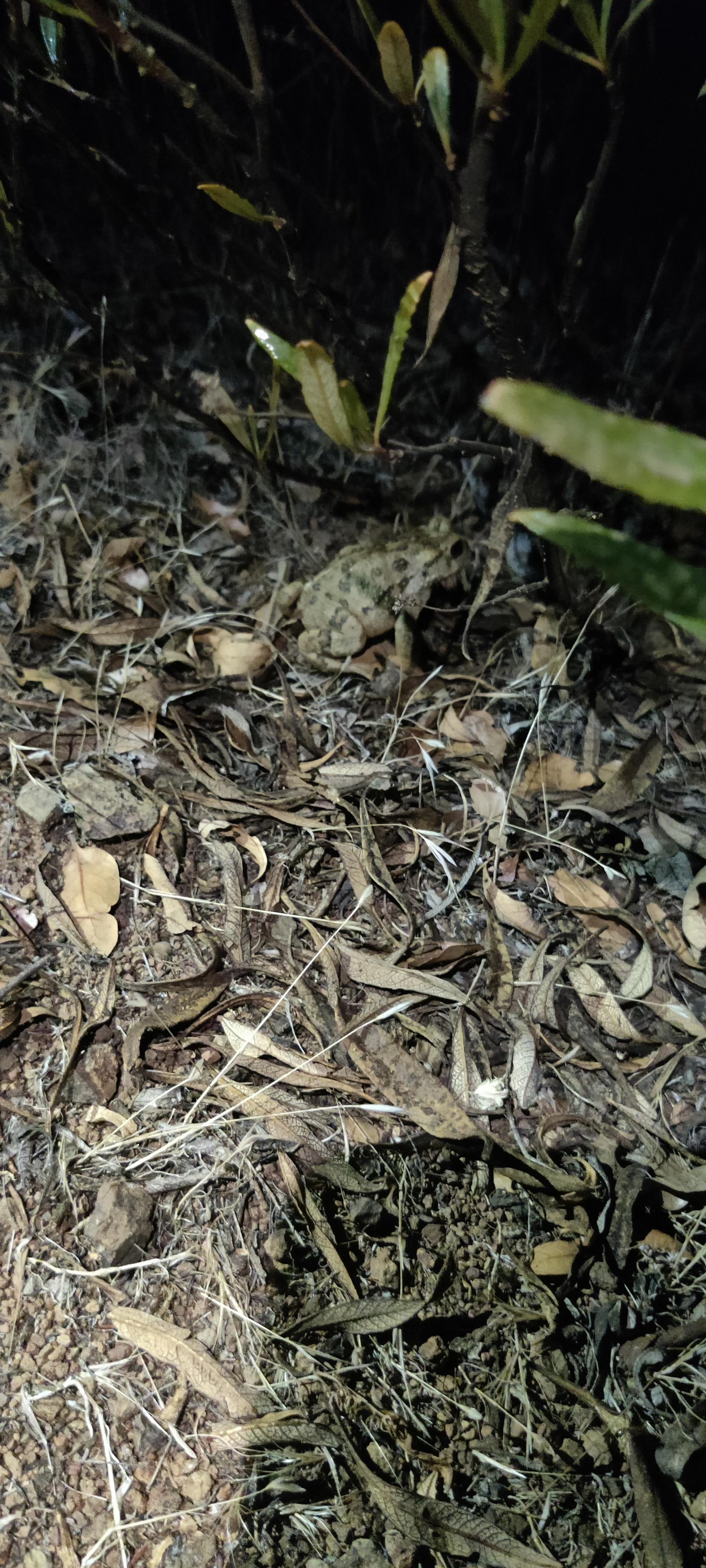A week before Halloween, I was trying to get into the spooky spirit. I had failed the weekend before, despite watching three 1930s horror movies and riding my bike past a house with no fewer than 20 small human-sized plastic skeletons climbing the house and fence.
Perhaps tarantula mating season on Mt. Diablo could solve my problem? I called up my two most wholesome friends who would go anywhere they might see a fun bird. R rode his bike from West Berkeley, while M and I joined him at Mitchell Canyon, at dusk, via a less virtuous mode of transportation. The parking lot was nearly empty. A sign advertised the season with large pictures of tarantulas, reminding seekers not to murder the arachnids.
Nature will do it for you, though. The last tarantula I saw was nearly dead, in a campground in Altadena, being carried by a tarantula hawk who presumably planned to lay an egg in its stomach to feed her soon-to-hatch baby, who would presumably feed on the not-quite-dead tarantula flesh. But a tarantula mating also generally leads to death. Male tarantulas venture out at night, following scent traces to females in their burrows, tapping on the outside of their burrow to begin a mating ritual. If he’s lucky enough to survive the mating itself—and his mate’s attempt to eat him after the act is over—he’ll still probably die by the end of the season, because that’s what the males tend to do.
We looked for emerging tarantulas in the holes on the side of the trail, ignoring the few changing fall colors up above us. Any rustle could have been one, but mostly they were western toads. Poorwill eyes reflected back our headlamp beams, though we debated whether they were actually nighthawks before we spooked them away. Something skinky slinked past us, but it was too dark and we were too unskilled to make a positive identification. Poop piles, rocks, and leaves all looked like they could have been tarantulas at first glance, but, on second, were not. We felt defeated by nature.

Eventually, the trail turned into something skinnier and more treacherous, challenging M’s sock-Birkenstock combination (which she had chosen to baby her most-likely-broken pinky toe). We turned back as it became increasingly dark against our small headlamp beams; the smallest sliver of moon was also not providing any atmospheric light. A larger rustle in the bushes—a giant radioactive tarantula escaped from the lab? A mountain lion? No, a deer.
We were almost back to the trailhead when we finally found a (presumably male) tarantula, in the middle of the path. Our lights upon it, it froze, politely allowing us to take pictures.
We had anticipated the parking lot would be entirely empty by the time we made it back, but a man in a car greeted us, asking if we had ordered an Uber. Who was in wait for him? Now that was spooky.

